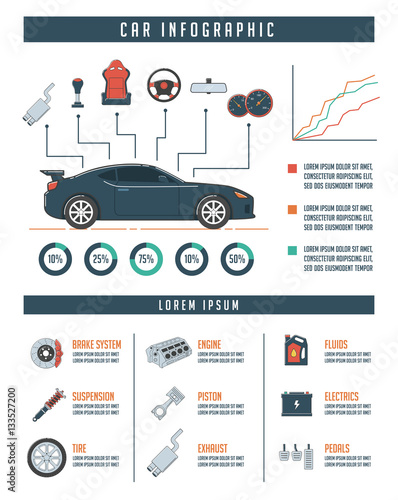Realizing The Value Of Your Auto'S Warning Signals: What They Really Represent
Realizing The Value Of Your Auto'S Warning Signals: What They Really Represent
Blog Article
Published By-Higgins Forbes
When you lag the wheel, those glowing caution lights on your control panel can be a bit perplexing. Do you understand what they're trying to tell you regarding your cars and truck's wellness? Recognizing the significance of these lights is crucial for your safety and the longevity of your automobile. So, the following time among those lights pops up, wouldn't you intend to understand its message properly and take the required steps to resolve it?
Common Caution Lighting and Interpretations
Recognize typical caution lights in your car and recognize their definitions to guarantee safe driving.
One of the most common caution lights include the check engine light, which signals concerns with the engine or discharges system. If this light comes on, it's vital to have your lorry examined immediately.
The oil stress alerting light shows low oil stress, calling for prompt focus to avoid engine damage.
A flashing battery light might suggest a defective billing system, potentially leaving you stranded otherwise attended to.
The tire stress monitoring system (TPMS) light notifies you to reduced tire pressure, affecting car security and fuel effectiveness. Neglecting this could result in hazardous driving problems.
The abdominal muscle light indicates a problem with the anti-lock braking system, compromising your ability to quit quickly in emergency situations.
Finally, the coolant temperature cautioning light warns of engine overheating, which can lead to severe damage otherwise resolved swiftly.
Understanding these usual caution lights will certainly aid you address problems immediately and maintain secure driving conditions.
Significance of Prompt Attention
Understanding the usual caution lights in your vehicle is only the first step; the importance of promptly attending to these cautions can not be stressed enough to ensure your security when driving.
When a warning light illuminates on your dashboard, it's your cars and truck's means of communicating a possible problem that requires interest. Ignoring these cautions can cause a lot more serious troubles down the road, jeopardizing your safety and security and possibly costing you a lot more out of commission.
Trigger focus to alerting lights can prevent failures and mishaps. For instance, a flashing check engine light could show a misfire that, if left unattended, can create damages to the catalytic converter. Addressing Recommended Web page without delay can conserve you from an expensive repair work.
Likewise, a brake system alerting light may signal low brake liquid or used brake pads, vital elements for your safety when driving.
DIY Troubleshooting Tips
If you observe a caution light on your control panel, there are a few do it yourself troubleshooting ideas you can attempt before looking for specialist help.
The initial step is to consult your vehicle's manual to recognize what the particular caution light indicates. Sometimes the issue can be as straightforward as a loose gas cap setting off the check engine light. Tightening up the gas cap might fix the issue.
Another usual problem is a reduced battery, which can set off numerous alerting lights. Checking the battery connections for deterioration and ensuring they're safe and secure may fix the trouble.
If a warning light persists, you can attempt resetting it by detaching the automobile's battery for a couple of minutes and after that reconnecting it. Furthermore, inspecting your vehicle's fluid levels, such as oil, coolant, and brake fluid, can aid repair advising lights associated with these systems.
https://www.repairerdrivennews.com/2022/02/09/allstate-looks-to-mitigate-repair-costs-through-agreements-expects-little-pushback-on-auto-insurance-rate-increases/
To conclude, understanding your car's warning lights is necessary for maintaining your lorry running efficiently and safely. By immediately addressing these informs and recognizing what they suggest, you can avoid expensive repair services and potential breakdowns.
Keep in mind to consult your vehicle's handbook for specific information on each advising light and take action accordingly to ensure a hassle-free driving experience.
Stay informed, remain safe when traveling!
